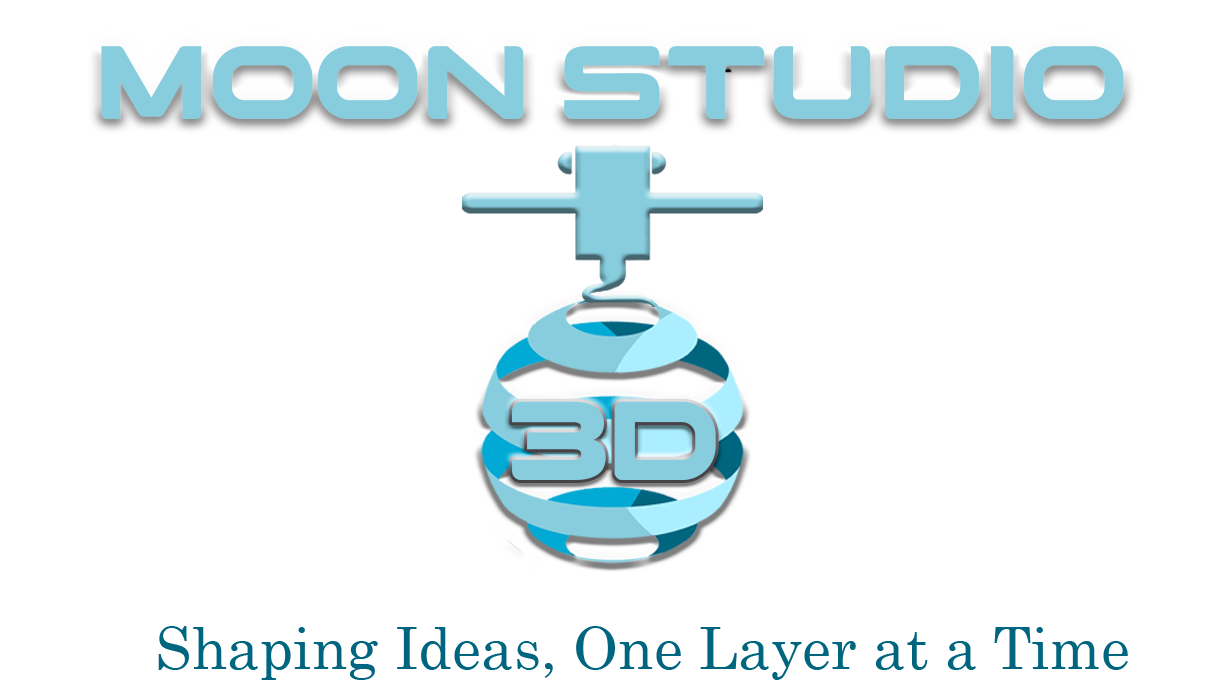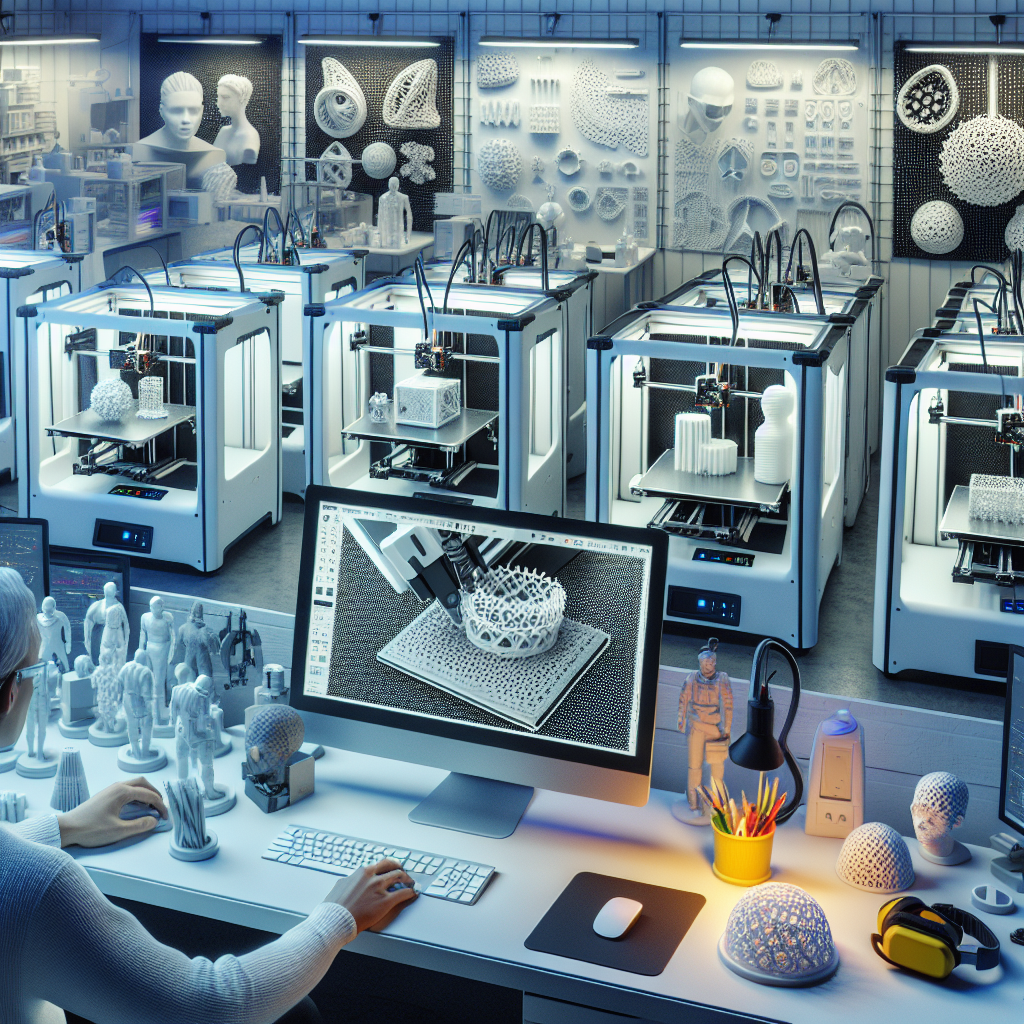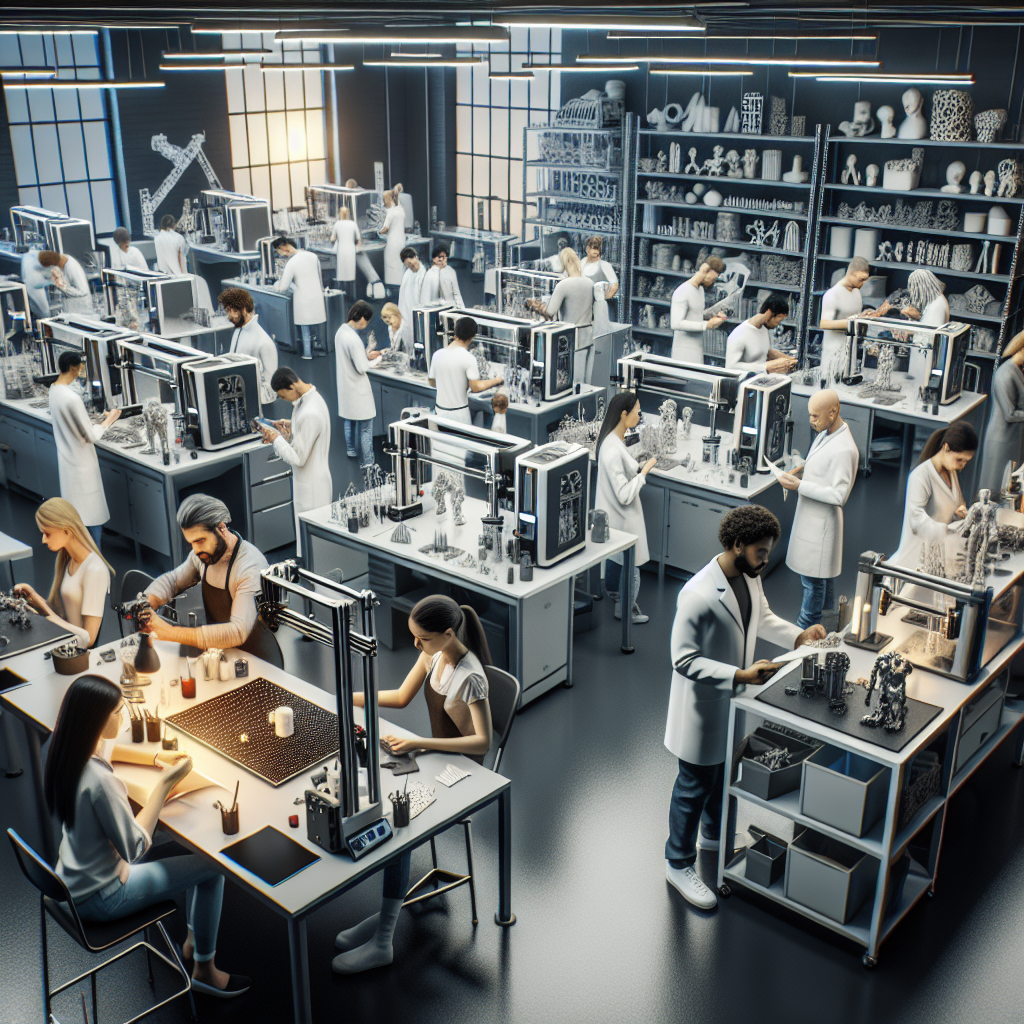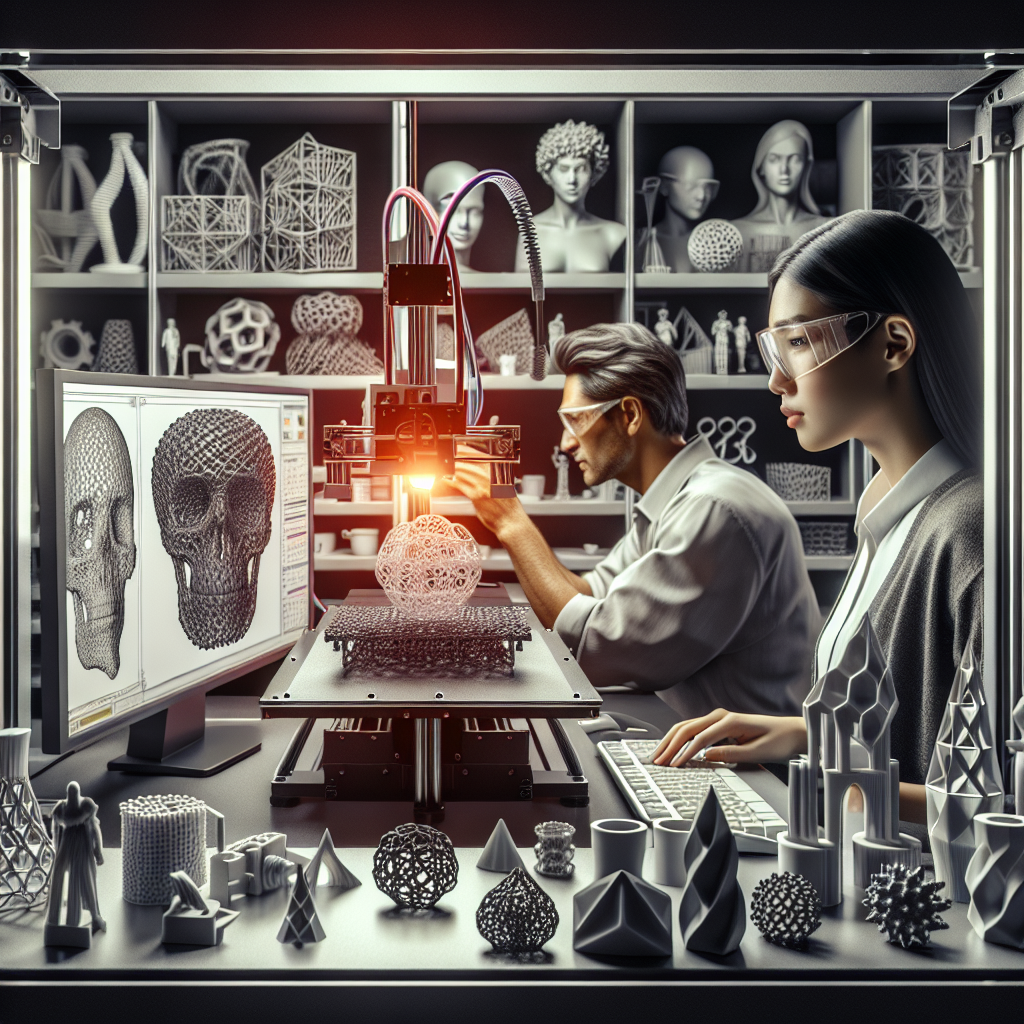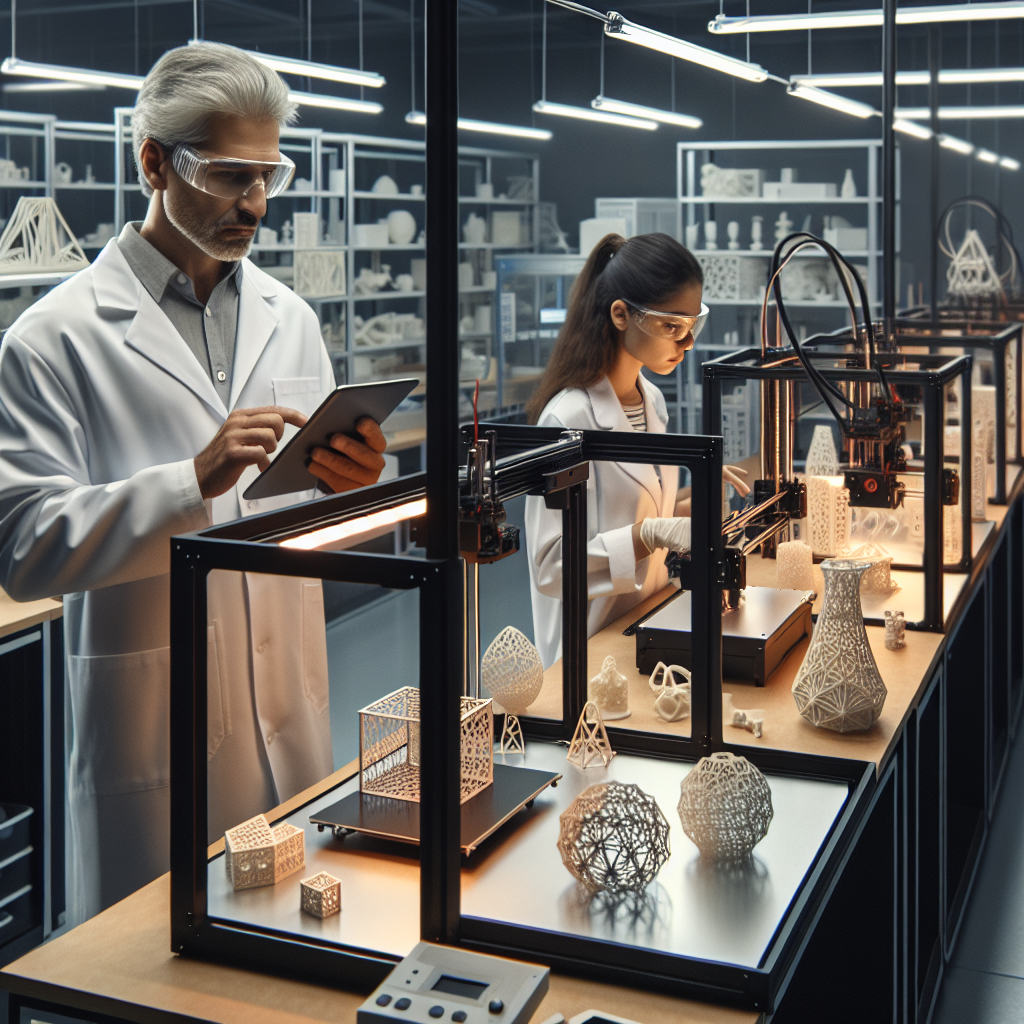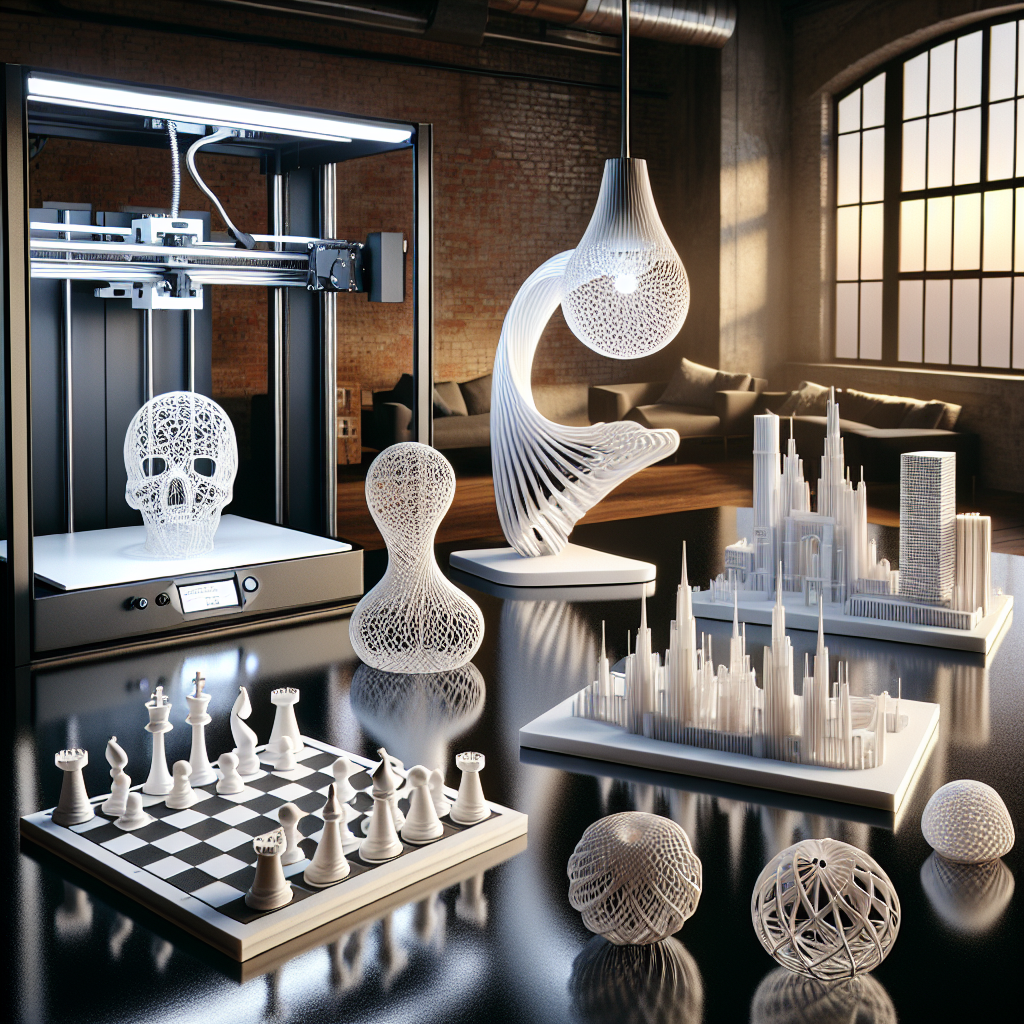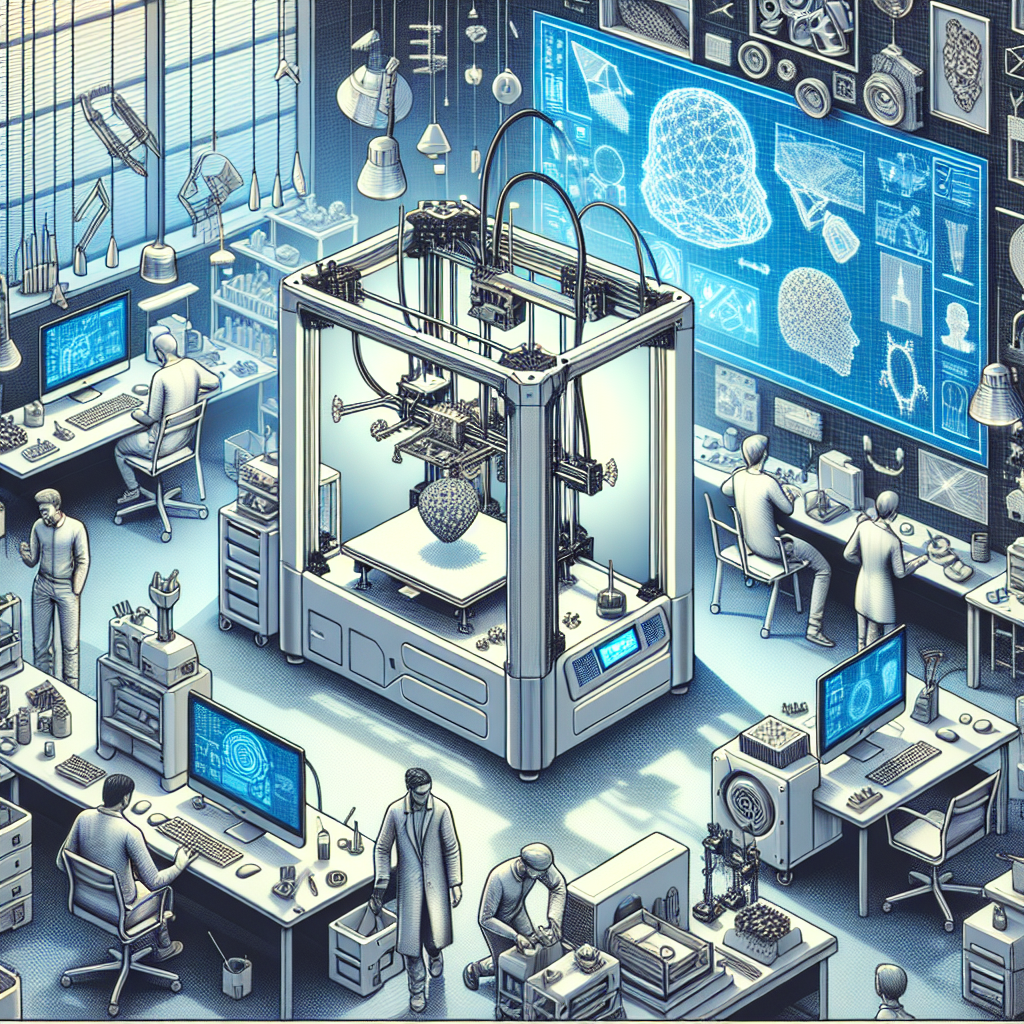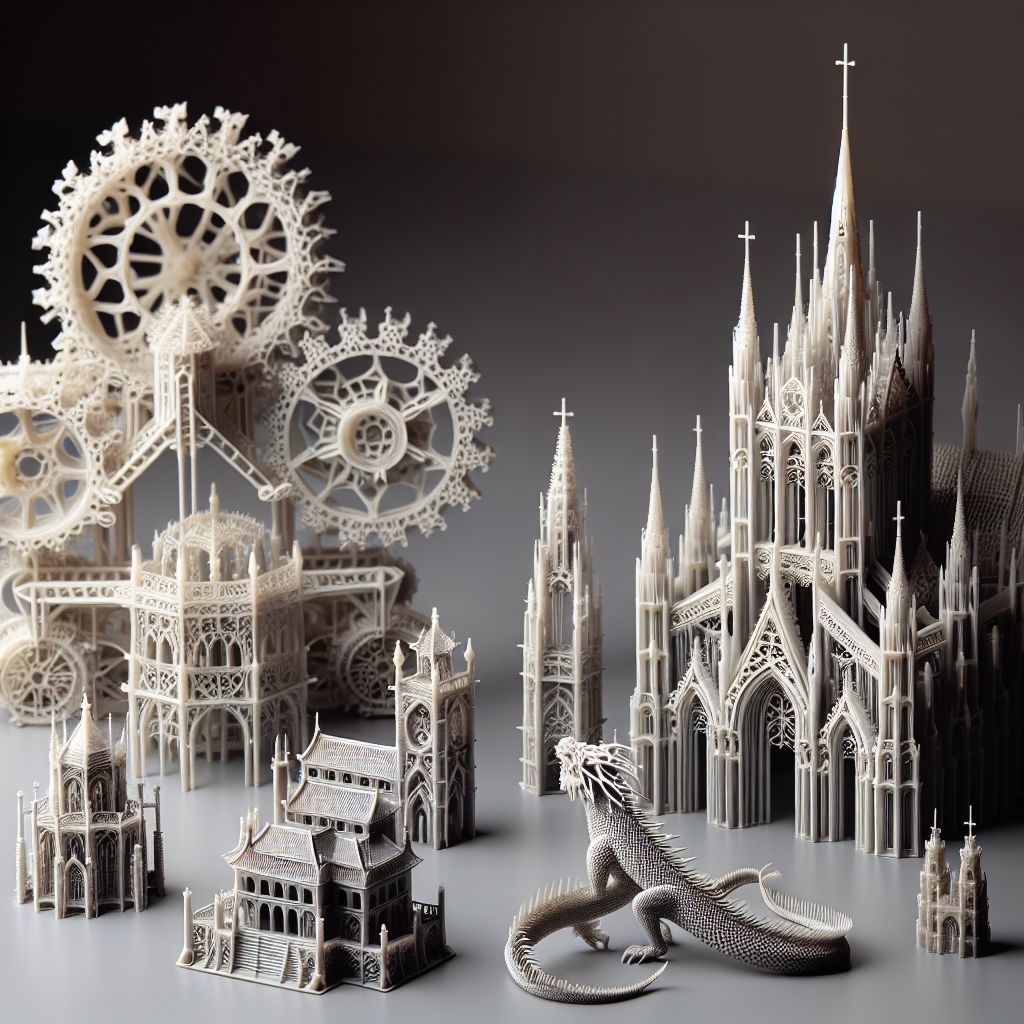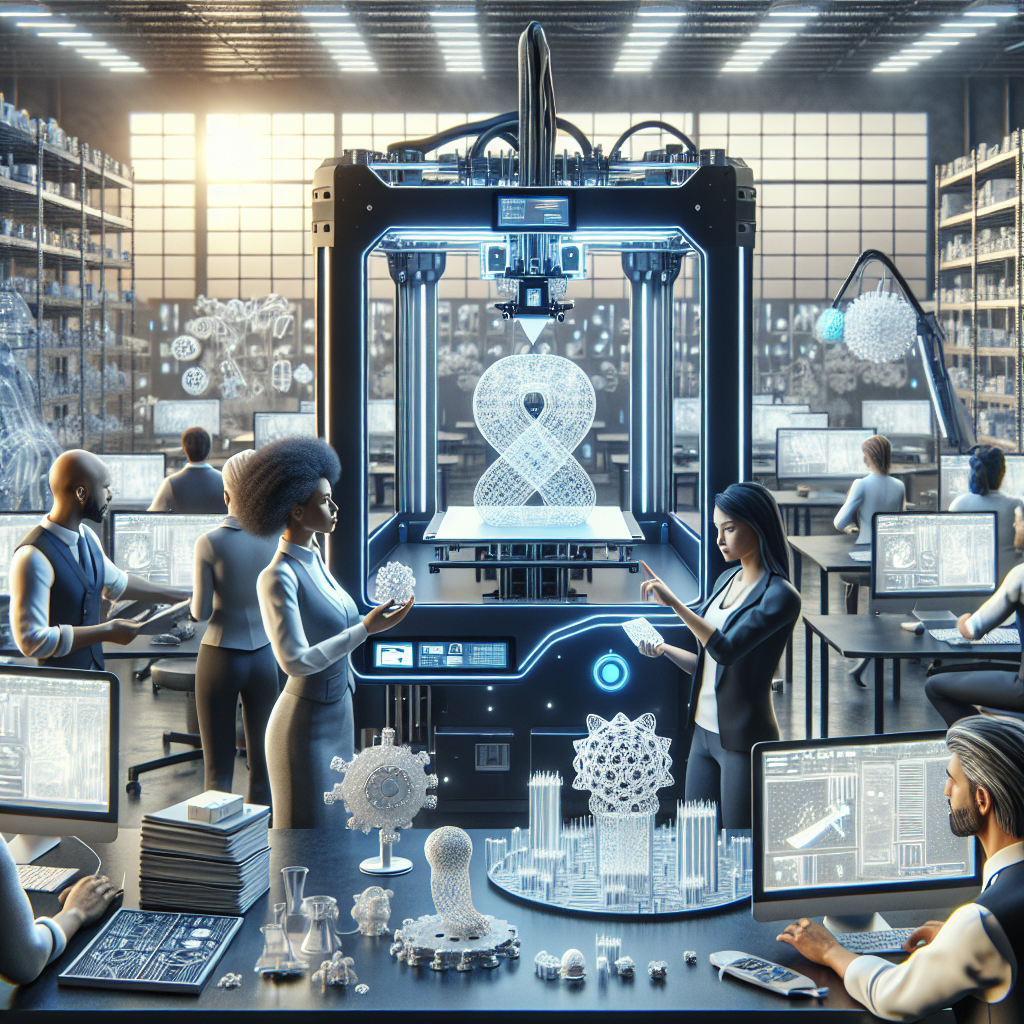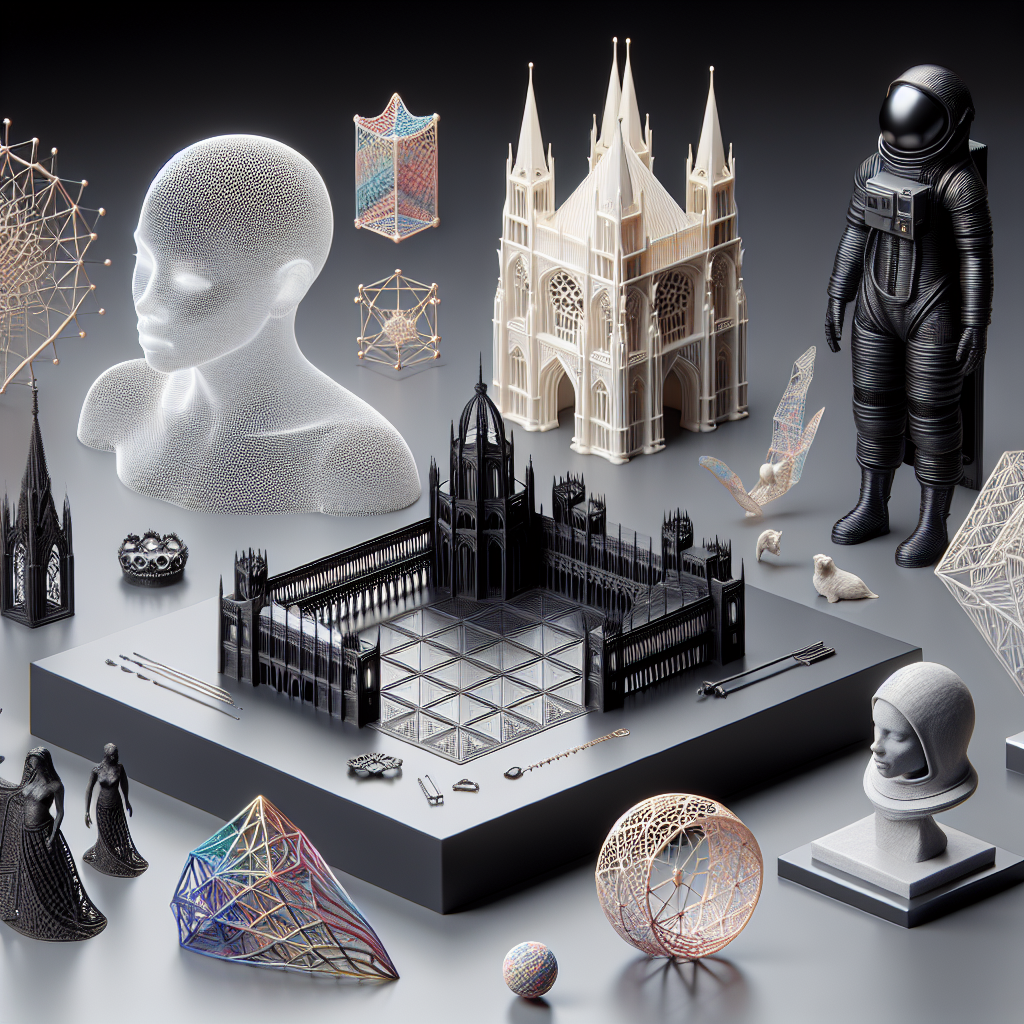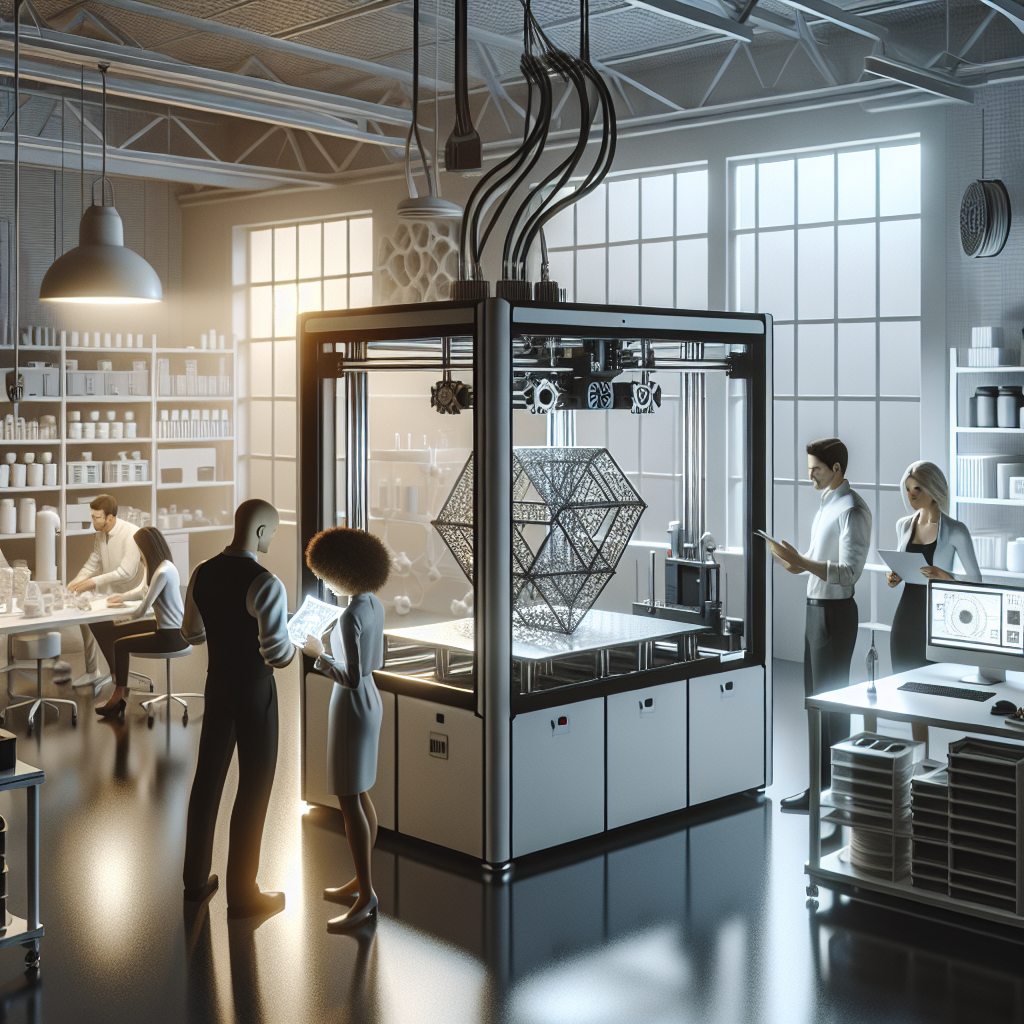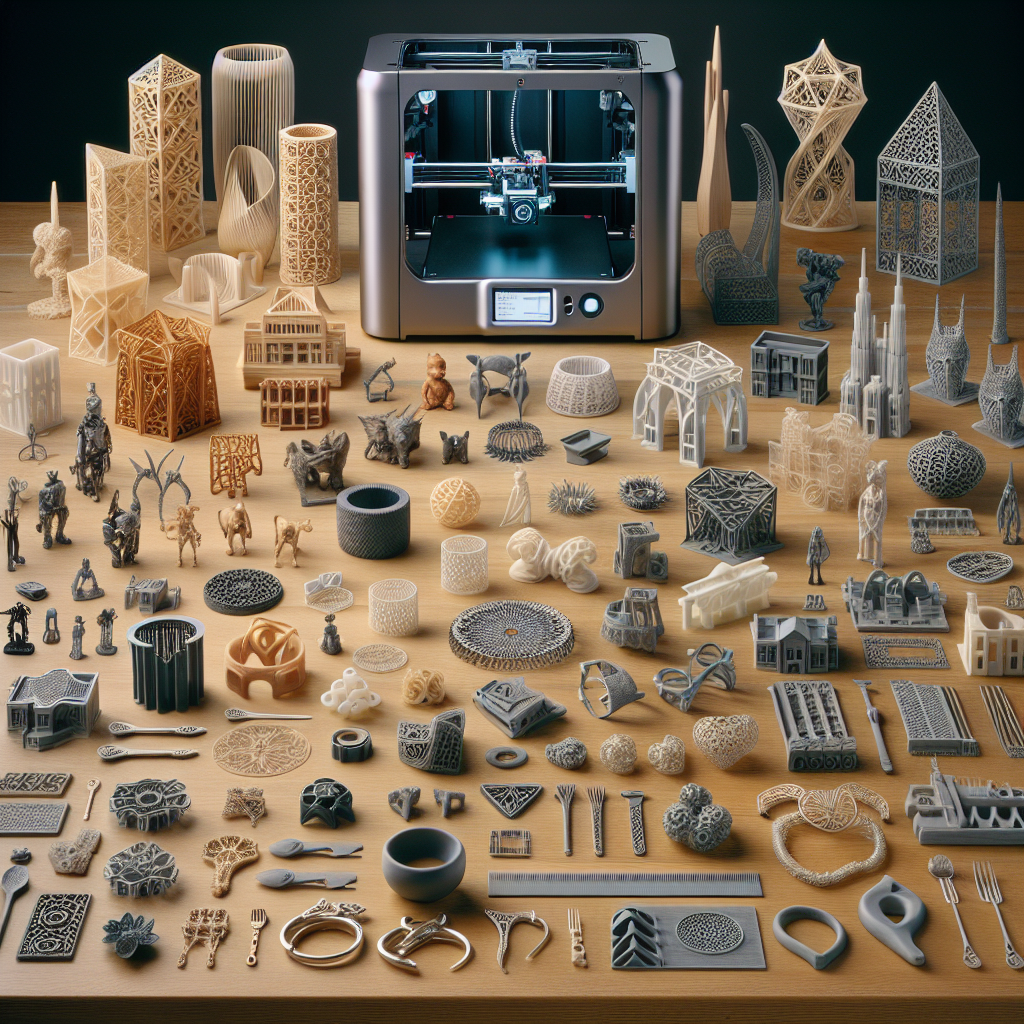The manufacturing industry is undergoing a significant transformation, driven by the growing influence of industrial 3D printing services. Also known as additive manufacturing, 3D printing is poised to redefine production processes, enabling more efficient, customizable, and sustainable manufacturing solutions. As industries continue adopting this transformative technology, it becomes crucial to understand how 3D printing services reshape the future of manufacturing and evaluate their long-term implications.
The Rise of Industrial 3D Printing
The evolution of 3D printing from a niche technology to a dominant force in manufacturing is nothing short of extraordinary. Initially used for rapid prototyping, the technology has expanded its applications across different industries, including aerospace, automotive, healthcare, and consumer goods. The ability to create complex geometries and intricate designs with precision that traditional manufacturing methods struggle to manage gives 3D printing its revolutionary edge.
Companies like MoonStudio3D are at the forefront of this revolution, offering cutting-edge 3D printing services that cater to a wide range of industrial applications. From large-scale production to customized individual products, their expertise illustrates the versatility and potential of 3D printing technology.
Benefits of Industrial 3D Printing
1. Customization at Scale
3D printing enables unparalleled customization without significant cost increase. Unlike traditional manufacturing, where production runs are costly and inflexible, additive manufacturing can easily produce complex, bespoke designs. Industries can now cater to specific customer needs and preferences, offering products with unique features and dimensions.
For instance, MoonStudio3D’s product offerings include personalized designs and bespoke creations, allowing businesses to differentiate their products and enhance customer engagement.
2. Reduced Waste
One of the most significant advantages of additive manufacturing is its potential to minimize waste. Traditional manufacturing techniques often subtract material to create parts, generating considerable waste. In contrast, 3D printing only uses the material necessary for the product, cutting down on waste and leading to more sustainable practices.
3. Cost Efficiency
By reducing material waste and speeding up production times, industrial 3D printing services significantly cut production costs. Furthermore, the need for tooling and molds that are expensive and time-consuming to manufacture is eliminated. Businesses can now iterate and test prototypes rapidly and cost-effectively before committing to full-scale production.
4. Enhanced Time-to-Market
Product development cycles can be dramatically shortened through rapid prototyping, allowing faster iteration and refinement. With the ability to prototype ideas quickly and accurately, companies can bring products to market faster, capitalizing on industry trends and consumer demand promptly.
Industrial Applications
3D printing is now integral to numerous industries, with specific applications demonstrating the technology’s transformative power.
1. Aerospace
In aerospace, 3D printing plays a crucial role in producing lightweight, durable components. The reduction of part mass without compromising strength or performance is a significant advantage, contributing to fuel efficiency and overall sustainability.
2. Automotive
The automotive industry uses 3D printing to prototype parts and components, enabling innovative designs and streamlining part logistics. Companies can now quickly create functional parts without setting up extensive manufacturing operations.
3. Healthcare
In healthcare, 3D printing has introduced revolutionary changes, such as custom prosthetics and implants tailored to individual patients. These bespoke solutions improve patient outcomes and illustrate the profound impact of additive manufacturing on human health.
4. Consumer Goods
The flexibility of 3D printing allows consumer goods manufacturers to produce customized designs and limited-edition products. From fashion and jewelry to household items, MoonStudio3D’s product catalog demonstrates the wide array of possibilities for customized consumer items.
Challenges and Considerations
Despite its numerous benefits, 3D printing technology faces several challenges. Issues such as material limitations, slower production speeds compared to traditional mass production methods, and the need for specialized skills and training can hinder broader adoption.
However, ongoing advancements in 3D printing technology continue to address these challenges, paving the way for an increasingly seamless integration of additive manufacturing into mainstream production processes.
Future of Industrial 3D Printing
As 3D printing technology continues to mature, its applications across industries will only broaden. Innovations in material science, combined with advancements in printing speed and precision, will foster an environment where increasingly complex and functional parts are produced efficiently and cost-effectively.
Additionally, the intersection of 3D printing with other technological innovations, such as AI and IoT, will enable further optimization of manufacturing processes and the development of intelligent manufacturing ecosystems.
Conclusion
Industrial 3D printing services are ushering in a new era of manufacturing, characterized by customization, efficiency, and sustainability. As businesses continue to leverage this technology, industries are redefining their production processes, enabling a more dynamic, responsive, and innovative approach to manufacturing.
With companies like MoonStudio3D leading the charge, the potential for 3D printing to revolutionize manufacturing on a global scale is immense. Embracing additive manufacturing not only positions companies at the forefront of innovation but also aligns them with the future of sustainable and customized production. As the technology evolves, the world will undoubtedly see an even greater impact of 3D printing on industry and society.
This article has highlighted the transformative power of industrial 3D printing services. By understanding and embracing this technological advancement, industries are poised for significant growth and evolution in the coming years.
By exploring the capabilities and offerings of companies like MoonStudio3D, businesses can stay ahead of the curve and fully capitalize on the future of manufacturing.
